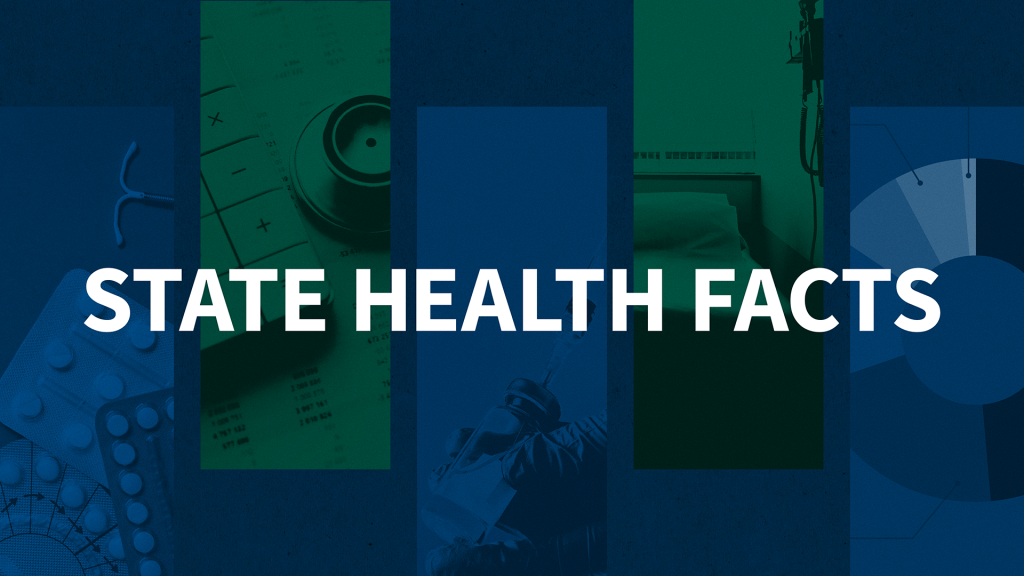The Uninsured Population and Health Coverage
This Health Policy 101 chapter examines the share of the United States population who are uninsured, highlighting their demographics and the challenges they face because of the lack of coverage. Economic conditions, federal and state policy decisions, and major health crises like the COVID-19 pandemic influence the uninsured rate. While implementation of the Affordable Care Act, namely the expansion of Medicaid and availability of subsidized Marketplace coverage, led to a drop in the share of people who are uninsured, disparities in coverage persist and policy changes in the 2025 budget reconciliation bill are expected to increase the size of the population.
